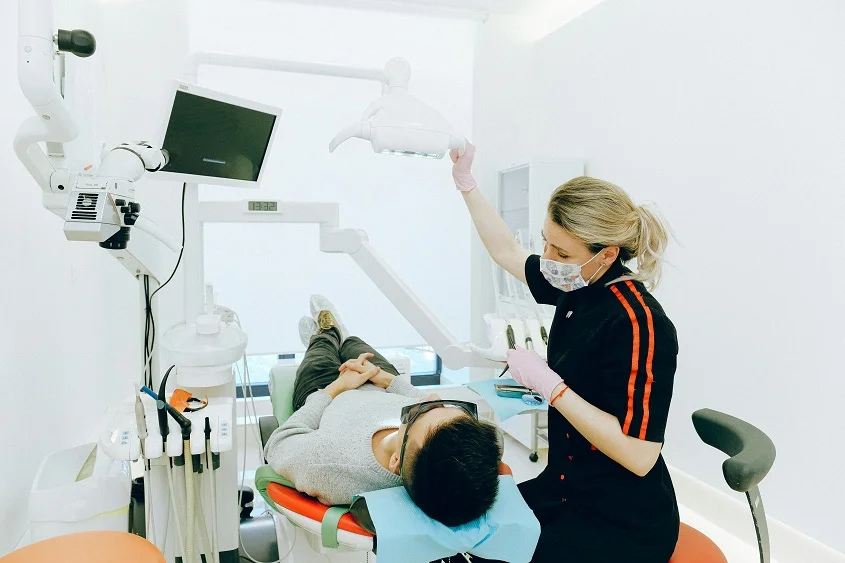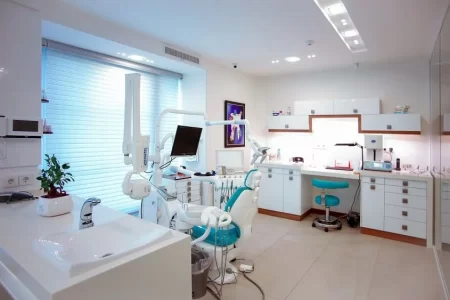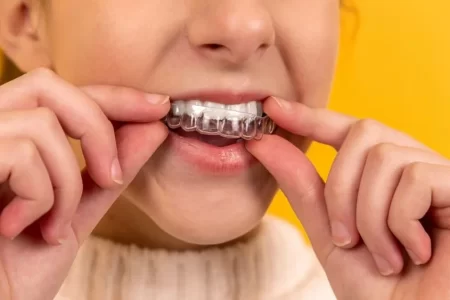
If you’re concerned about getting the right kind of orthodontic treatment for crooked teeth in Minnetonka, you need to consider all the factors in order to make a thoughtful decision. With advancements in dental technology and a variety of options available, residents in Minnetonka are increasingly turning to orthodontic treatments to improve their oral health and aesthetics. However, the key to a successful outcome lies in selecting a treatment that aligns with your specific needs, lifestyle, and budget. This guide offers essential tips to help you navigate through the options and make an informed choice.
1. Understanding Your Orthodontic Needs
Before diving into the ocean of orthodontic treatments, it’s vital to understand your specific needs. Orthodontic issues vary from person to person, ranging from simple cosmetic concerns to complex bite problems. Consulting with an experienced orthodontist is the first step in identifying the issues you need to address. They can help you understand whether you need treatment for cosmetic reasons, functional improvements, or both. The right treatment starts with a clear understanding of your unique orthodontic requirements.
2. Comparing Treatment Options
When it comes to orthodontic treatments, the most common dilemma is choosing between traditional braces and Invisalign. Traditional braces have been a reliable method for years, effectively correcting various dental issues. On the other hand, Invisalign offers a discreet and more comfortable alternative with its clear aligners. However, it’s important to note that Invisalign might not be suitable for more complex dental issues. Regarding the financial aspect, the Invisalign cost in Minnetonka can vary based on the complexity of the case and the duration of the treatment. It’s essential to weigh the pros and cons of each option in terms of effectiveness, comfort, appearance, and cost before making a decision.
3. The Importance of a Qualified Orthodontist
Choosing the right orthodontist is just as important as selecting the treatment itself. The expertise and skill of the orthodontist play a crucial role in the success of your treatment. Look for a qualified professional with a proven track record in the type of treatment you are considering. Check their credentials, years of experience, and patient reviews. An orthodontist who listens to your concerns and explains the procedures clearly is an ideal choice.
4. Considering Treatment Duration and Commitment
Different orthodontic treatments require varying durations and levels of commitment. Traditional braces, for instance, might need to be worn for a couple of years and require regular adjustments. Invisalign, while often quicker, demands discipline in wearing the aligners for the recommended 22 hours a day. Consider how much time and effort you are willing to invest in your orthodontic treatment. Think about your daily routine, work, or school commitments, and how your chosen treatment will fit into your lifestyle.
5. Evaluating the Aesthetics of Orthodontic Options
Aesthetics is a significant consideration for many when choosing an orthodontic treatment. Traditional metal braces are highly visible, which might be a concern, especially for adults. In contrast, options like Invisalign are almost invisible, offering a more subtle way to straighten teeth. Ceramic braces, another alternative, blend in with the natural color of your teeth. Consider how important the visibility of your orthodontic treatment is to you and choose accordingly.
6. Understanding the Financial Investment
Orthodontic treatment expenses can differ significantly, influenced by factors such as the chosen treatment method, how long the treatment lasts, and the particular requirements of your individual case. Traditional metal braces are generally the most affordable option, while treatments like Invisalign can be more costly. It’s important to understand the financial commitment involved and explore your options. Many orthodontists offer payment plans, and dental insurance might cover a portion of the cost. Make sure to inquire about all the expenses involved upfront to avoid any surprises down the line.
7. Considering Age and Lifestyle Factors
For younger patients, traditional braces might be more effective, especially in cases of severe misalignment. Adults and teenagers, on the other hand, often prefer Invisalign for its discreet nature and less impact on their lifestyle. If you’re someone with a busy lifestyle, involved in sports or public speaking, the convenience and comfort of Invisalign could be a decisive factor. Assess your daily activities, professional commitments, and social preferences to ensure your orthodontic choice harmonizes with your lifestyle.
8. Post-Treatment Maintenance and Care
Post-treatment care is essential in maintaining the results of your orthodontic treatment. Different treatments require different maintenance strategies. For instance, after braces are removed, wearing a retainer is crucial to prevent teeth from shifting back. Invisalign treatment also typically requires a retainer to maintain alignment. Understand the post-treatment care necessary for each option and commit to it. This step is vital in ensuring the longevity and success of your orthodontic treatment.
9. Patient Reviews and Testimonials
When selecting an orthodontic treatment and provider, patient reviews and testimonials are invaluable. They offer real-world insights into the experiences of others who have undergone similar treatments. Look for reviews on various platforms, and pay attention to comments about the treatment process, results, and patient care. However, remember to take these reviews with a grain of salt, as individual experiences can vary.
10. Second Opinions: When and Why to Seek Them
In cases of complex dental issues or when you’re unsure about a recommended treatment, seeking a second opinion is a wise move. A second opinion can provide a different perspective, confirm your treatment plan, or offer alternative solutions. Don’t hesitate to seek another professional’s view if you have doubts or concerns. It’s a step that can provide peace of mind and ensure you’re making the best decision for your oral health.
Conclusion
Choosing the right orthodontic treatment is a significant decision that impacts not just your smile but also your overall well-being. It requires careful consideration of various factors, including personal needs, lifestyle, age, financial investment, and the potential risks involved. The ultimate goal is to improve your oral health and confidence. Trust your instincts, do thorough research, and work closely with your orthodontist to start the process that leads to a healthier, happier smile.






